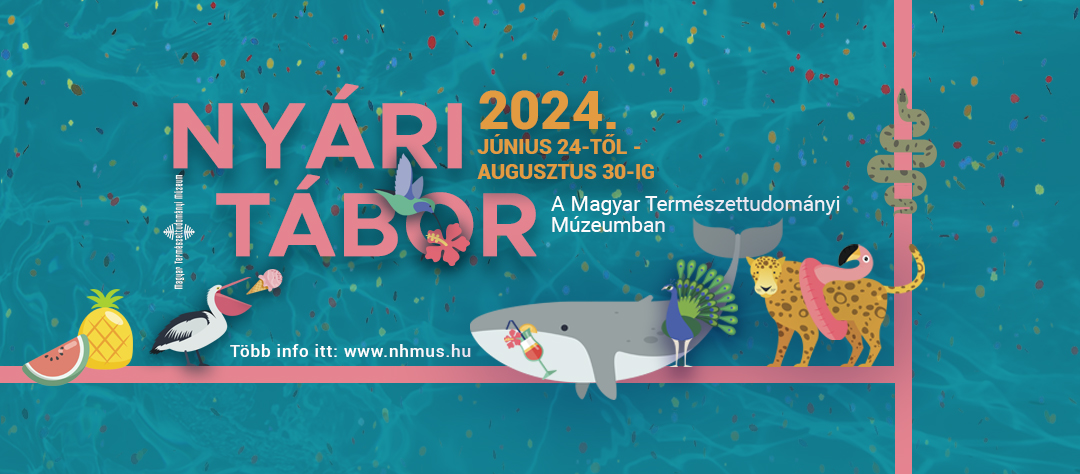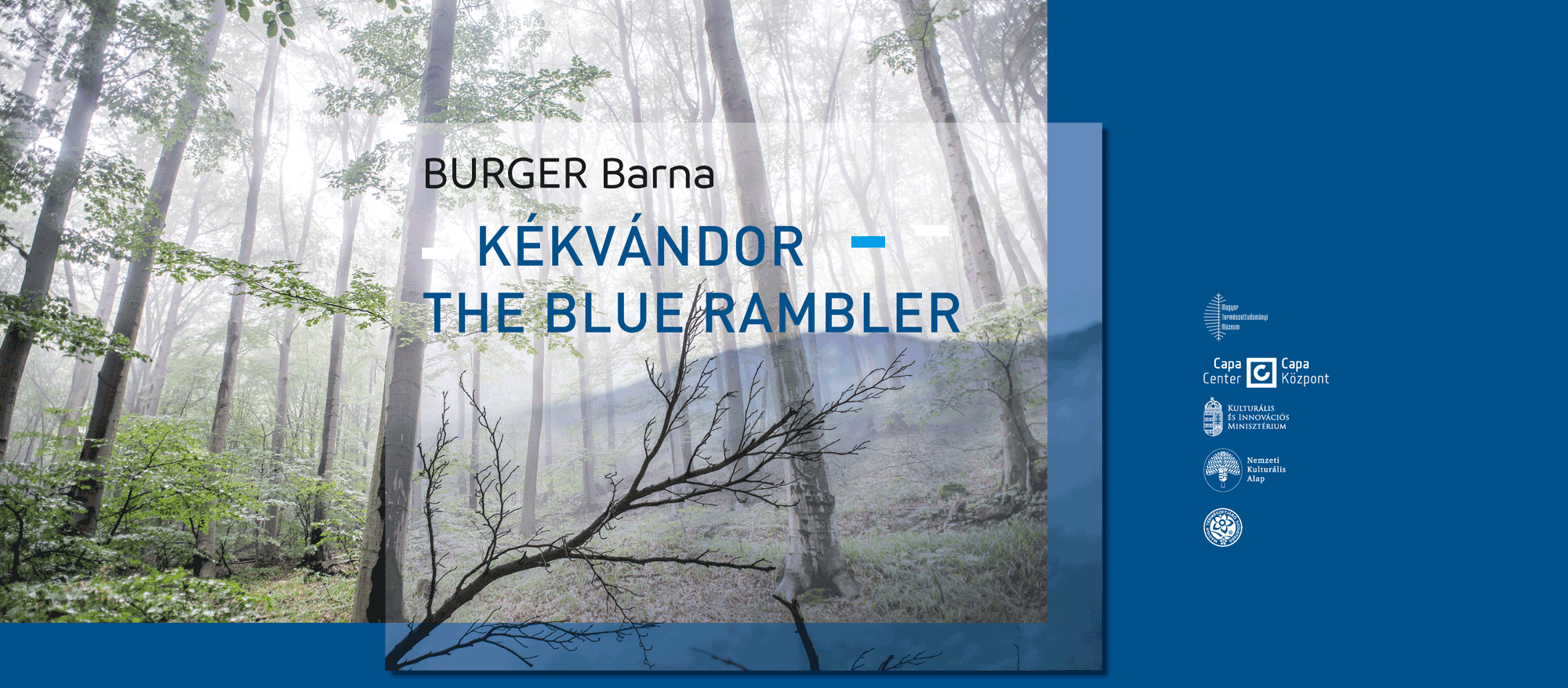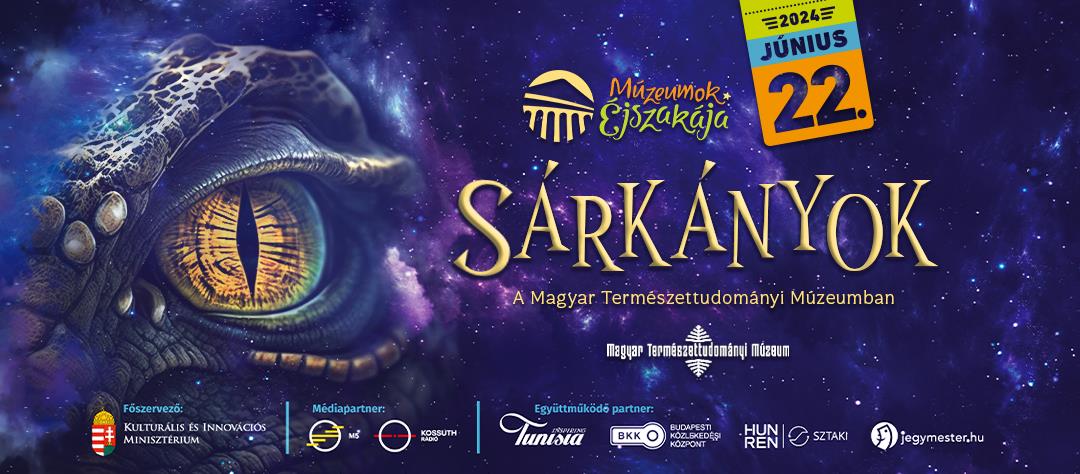The establishment of the lichen collection, as an independent entity, can be dated back to 1909, when György Timkó was appointed as its curator. There were several smaller collections existing prior to that date which later were incorporated in the lichen collection, for example materials from Crantz, Kitaibel, Sadler, Lumnitzer, Albach. The collection was greatly enhanced by the acquisition of the Haynald, Hazslinszky and Lojka herbaria. Apart from ordering the material, Timkó led collecting trips in the Carpathian Basin regularly, and enriched the collection by thousands of valuable specimens until 1928. His extensive international connections enabled him to acquire valuable foreign exsiccata in exchange for the ‘Flora Hungarica Exsiccata’. In addition, he obtained rich Carpathian material from the Degen herbarium.
In 1930, Vilmos Gyelnik was appointed as the custodian of the Lichen Collection. By 1945, under his leadership, the collection became the basic reference for lichen herbarium of Central Europe. He collected and obtained important World material as well, setting up two Hungarian exsiccata (Lichenotheca, Lichenotheca parva) for exchange purposes. He described about 1,300 new taxa, most of them are still acknowledged. Unfortunately, the type material was almost completely destroyed during World War II.
After the death of Gyelnik, the Lichen Collection had no person in charge during the post-war period. In 1953, another important person of Hungarian lichenology Ödön Szatala became the curator. During the short period he spent in charge, a large number of specimens were revised by himself and foreign experts such as Motyka, Poelt, Pisút, Tobolewski, as well..). The material gathered during his previous collecting trips to the Balkans, served as a basis of his floristical, taxonomic activity.
Klára Verseghy, tutored by Szatala, was appointed to the collection in 1954. After Szatala died in 1958, she sorted and separated the type collection and published its catalogue. Verseghy continued the publication of Gyelnik’s Lichenotheca parva and issued her own series called Lichenes exsiccati. These publications essentially promoted the exchange of materials.
She also contributed in further important increases of the collection between 1958 and 1967, when the Botanical Department purchased the lichen collection of Szatala (12,000 specimens) and the one of Ferenc Fóriss (18,000 specimens).
Klára Verseghy wrote numerous collection-based publications, and also took part in floristical research accomplished in several regions of Hungary. The results of her 35 years work were published in the monograph Lichen flora of Hungary.
Since1985, László Lőkös has been in charge of the Lichen Collection.
In the past few years, botanical research has drawn growing attention to lichens due to their role in environment protection. It also proves that our collection items, including specimens obtained earlier, provide essential comparative material.



